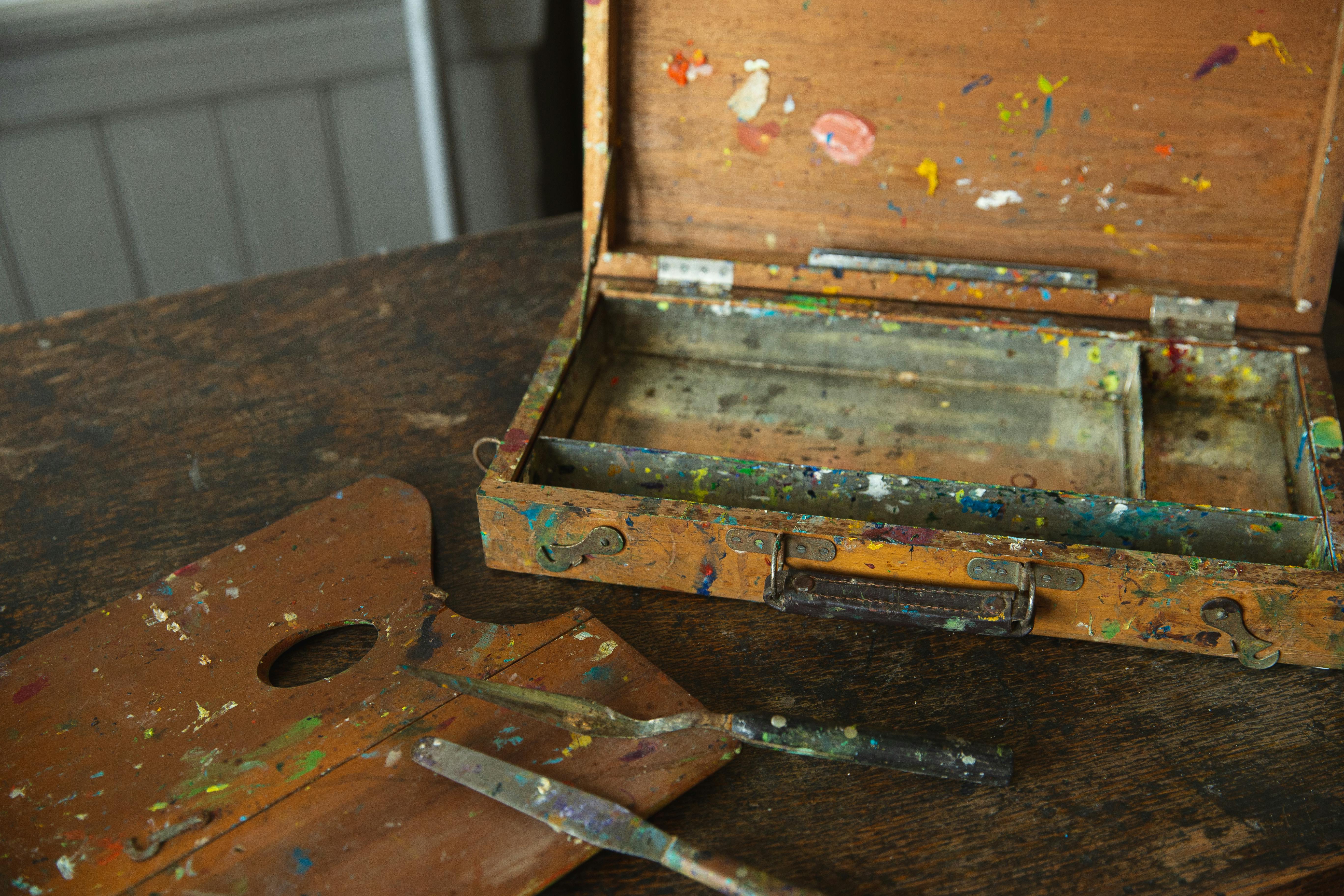
Create animated GIF objects in Fireworks 4
These GIF (graphics interchange format) objects really fall into the bitmap group. They were popularized by CompuServe since 1987. Their main advantage is portability. However, they are well known for being compatible with many web browsers, including Firefox and Internet Explorer. They support up to 8 bits per pixel and can therefore work with up to 256 different palette colors. There are some color limitations on GIF images that make them unsuitable for photo processing. They are best used for simpler images such as logos.
First, you’ll need to create your charts. This is a separate topic that may require you to have significant creative skills. You should do as many as you think you will need. In practice, it is better to have an excess of objects than a shortage. You can always store others for future use or you can rotate them to make your website look vibrant and dynamic.
The graphics you have created must be layered. The layers have to be named logically. For example, you can have “hat” followed by “bottom”. You must select the option to share the graphics with other frameworks. Each frame will represent a step within the animation. Of course, if you do a lot of frames, your animation will closely mimic a video. If you do some of them, it will look incomplete at best. You need to start at the bottom of the frames and design your perspective. You must keep redundant frames closed by clicking the “eye” icons.
You can then insert a segment above the animation section. You need to select the option labeled “Animated GIF”. Use the preview button to see a sample of the final animation. The “play” arrow is used to activate the animation. The cut will allow you to verify the dimensions of the object. Next, you need to export the slice to create a complete object.
Although animated GIF objects add interest to your website, they should be used with extreme caution. In some cases, they have been known to clutter the page. You can compress these images using the LZW or Lempel-Ziv-Welch method. This allows you to reduce the file size, yet you don’t lose the visual qualities associated with the object. Remember that this technique has been patented since 1985 under the auspices of the Unisys and Compuserve companies. The main competitor for these objects is the Portable Network Graphics or PNG standard.
